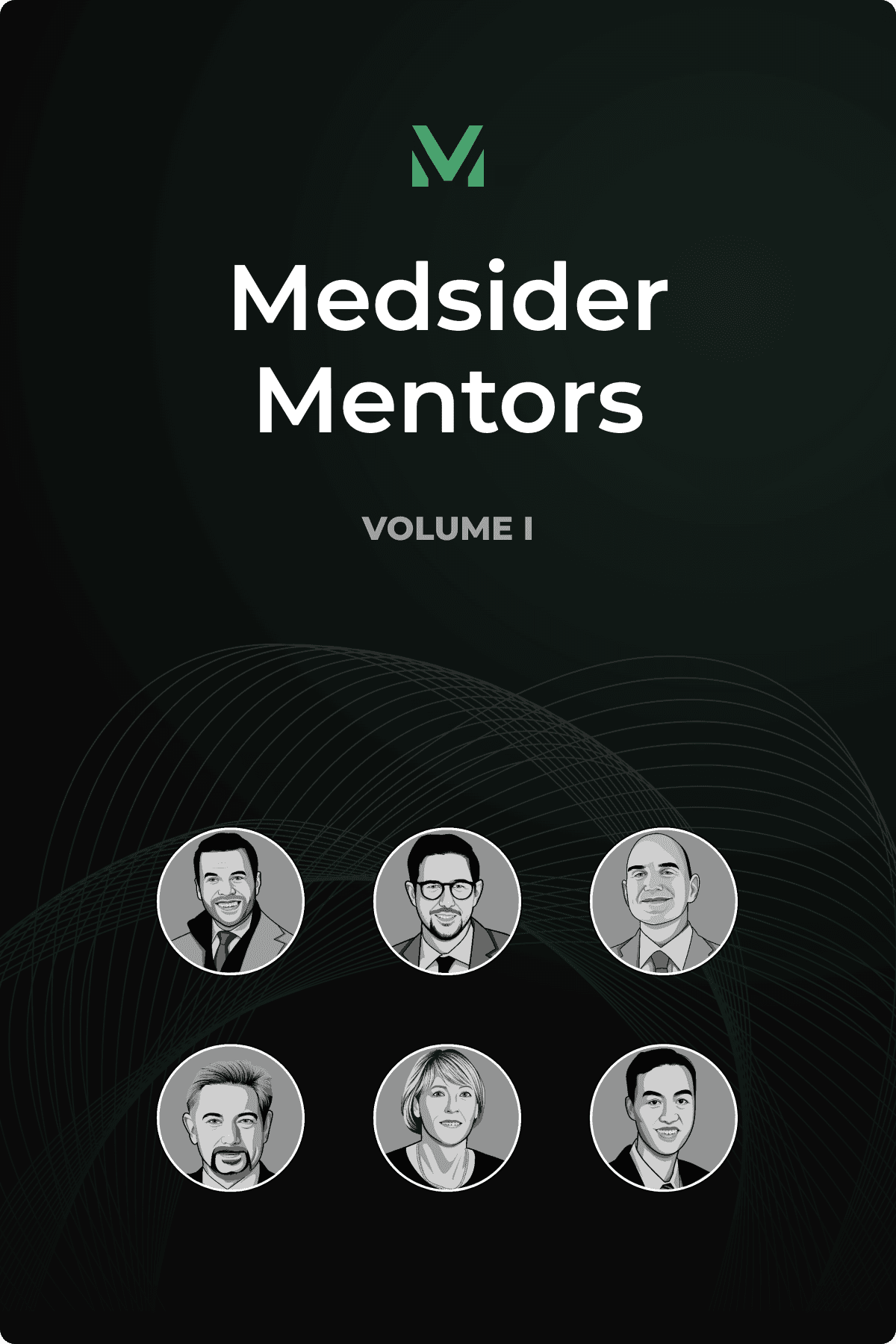From FDA Reviewer to Medtech CEO
Interview with Zenflow CEO Shreya Mehta

Key Learnings From Shreya's Experience
Design your product to address unmet clinical needs — the technology should follow from there. Once Zenflow identified gaps in BPH treatment, the team focused on developing a solution that met patients’ desire for a flexible and reversible system, even in the face of technical challenges. This patient-centric approach informed engineering decisions and ultimately defined the Spring System’s value proposition in the market.
Treat FDA relationships as strategic business partnerships. With experience on both sides of the regulatory process, Shreya emphasizes building rapport with reviewers, noting it can lead to more productive outcomes — but just as important is the value of strong clinical evidence. Even if it means pursuing a more rigorous path like a PMA, solid data doesn’t just support approval — it drives adoption, reimbursement, and exit potential.
Leverage accelerator programs like Y Combinator and StartX to support the transition from academia to business — not just for fundraising, but to build essential business fundamentals and community support. For Zenflow, these accelerators helped transform its concept from "just an idea" with prototypes into a structured company with clear business parameters.
Shreya Mehta closed a Series C $24 million financing round for Zenflow just four days after giving birth to her daughter in 2024. "My daughter was born on Sunday night, and I literally had her in one hand and DocuSign in the other on Monday morning," Shreya recalls.
This high-stakes multitasking came during a pivotal moment in Zenflow's decade-long development of the Spring System, a minimally invasive treatment to relieve symptoms related to benign prostatic hyperplasia (BPH). The device uses a small spring-like coil to gently prop open the urethra, improving urinary flow while preserving the patient's anatomical structures.
"Our approach in particular is really unique in that we deliver not just with a gentle implant, but also a flexible system," Shreya explains. "It doesn't require any catheterization after the procedure. Then most importantly, the implant is removable, making the procedure totally reversible."
This combination of features enables the procedure to be performed in a urologist's office with minimal recovery time, and its reversibility addresses a significant concern for patients considering treatment.
Zenflow has positioned the device as a first-line therapy. "By virtue of it being a much more patient-friendly procedure and approach, we think that we can open up the market to many millions of more patients. Obviously, billions of dollars is a larger market opportunity," she says.
Zenflow has treated approximately 300 patients through pilot and pivotal studies and is preparing for PMA approval with commercialization expected in 2026. The company's journey offers valuable insights for other medical device entrepreneurs navigating the complex terrain from concept to commercialization.
You May Like These Articles
Medsider Premium
Become a premium member and unlock access to exclusive Medsider benefits.



